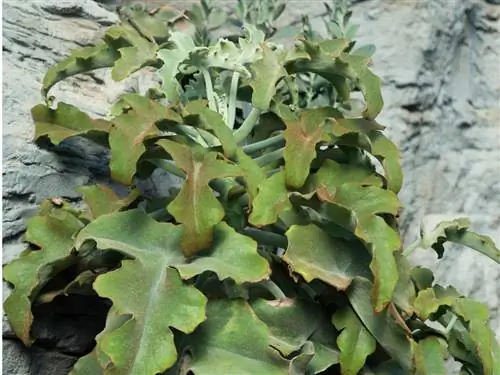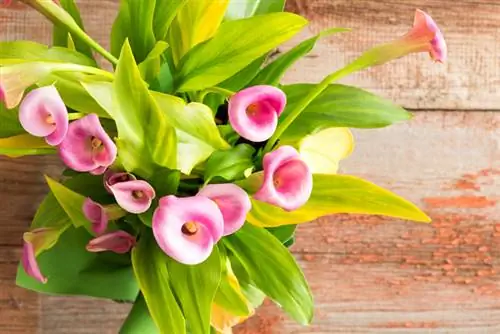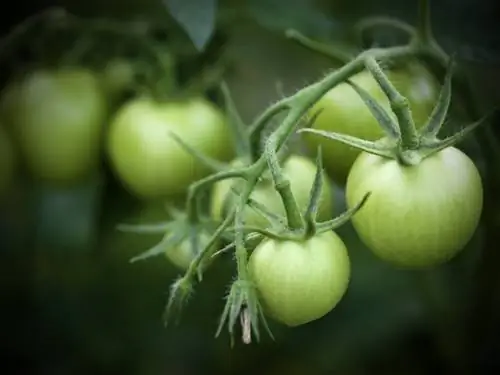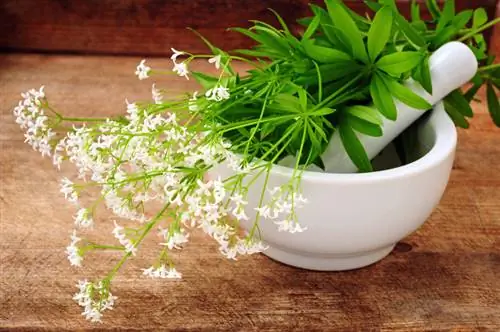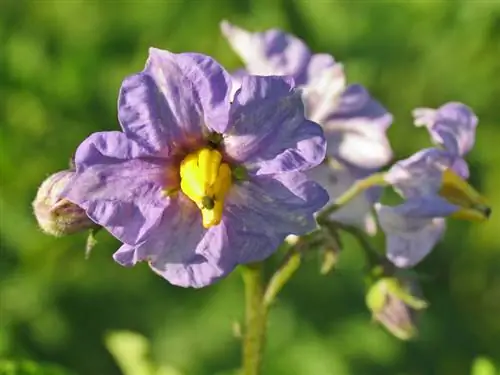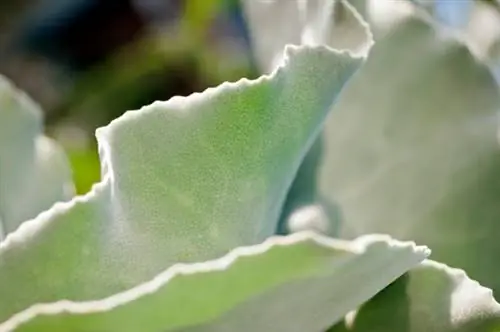- Author admin [email protected].
- Public 2023-12-16 16:46.
- Last modified 2025-01-23 11:21.
This Kalanchoe, native to Madagascar, is cultivated worldwide as an attractive pot plant in the open field or winter garden. Its triangular, tomentose-hairy and silvery shiny leaves make this plant particularly attractive, but the flowers are rather inconspicuous.
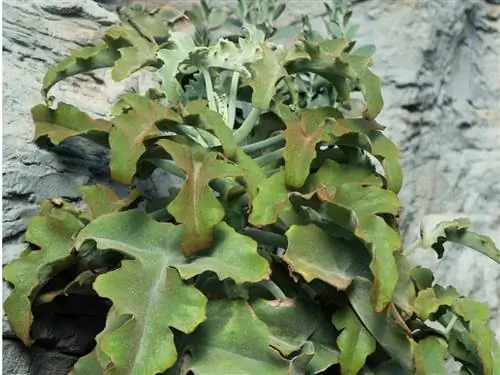
Is Kalanchoe Beharensis poisonous and what symptoms can occur?
The Kalanchoe Beharensis is poisonous because it contains cardiac glycosides and hellebrigenine glycosides. Poisoning can cause vomiting, diarrhea and cardiovascular disorders. Keep the plant away from children and pets to minimize risks.
The Kalanchoe Beharensis is unfortunately poisonous
The following toxins are contained in all parts of the plant in varying concentrations:
- cardiac glycosides
- Hellebrigenin glycosides
Symptoms of poisoning
These are diverse and vary in strength depending on the amount of active ingredients absorbed. Can occur:
- Vomiting
- Diarrhea
- Cardiovascular disorders
Since the transition between harmless and severe intoxication is fluid, you should consult a doctor immediately if symptoms occur.
Tip
Pets can also react sensitively to the toxins they contain. Therefore, place the Kalanchoe Beharensis so that it cannot be reached by children or your four-legged friends.

